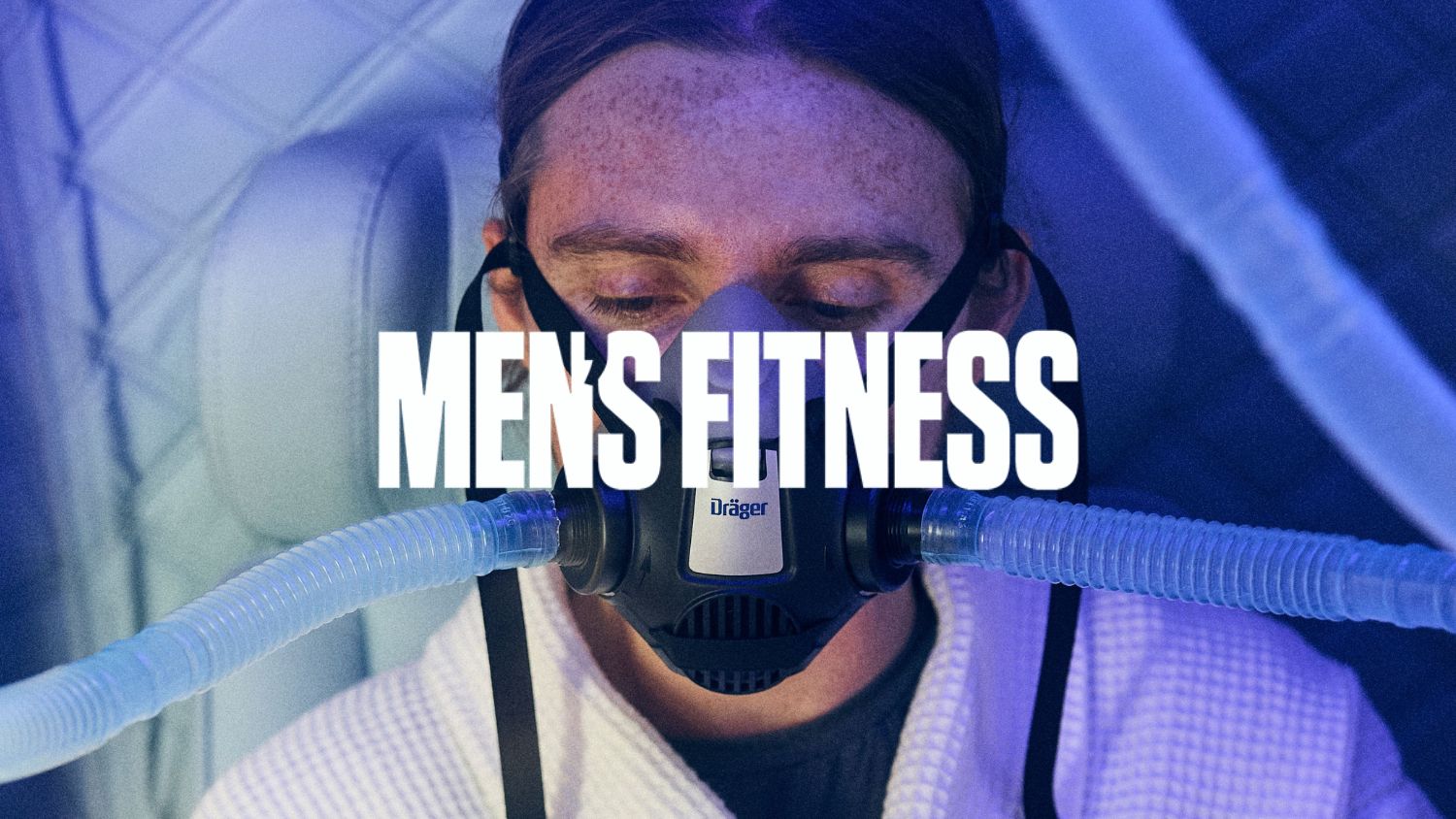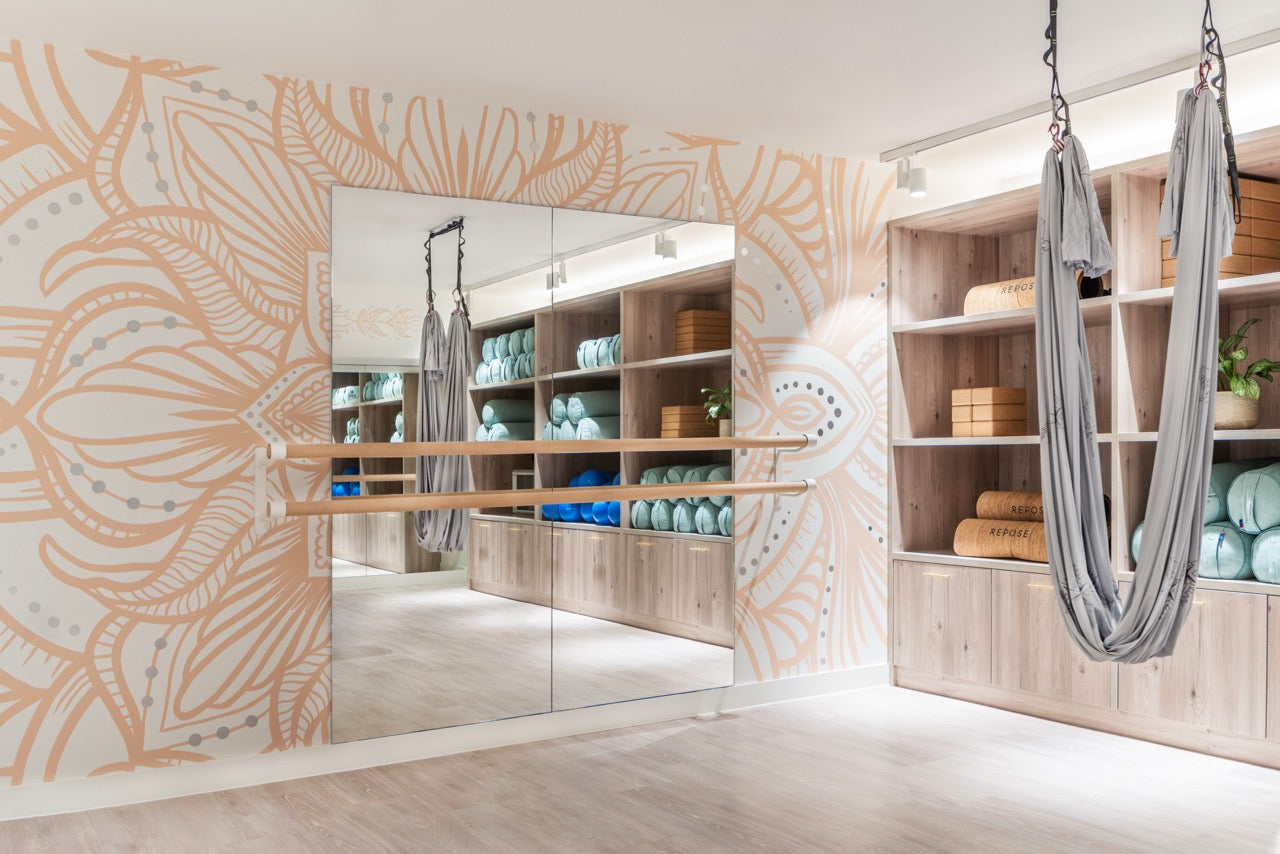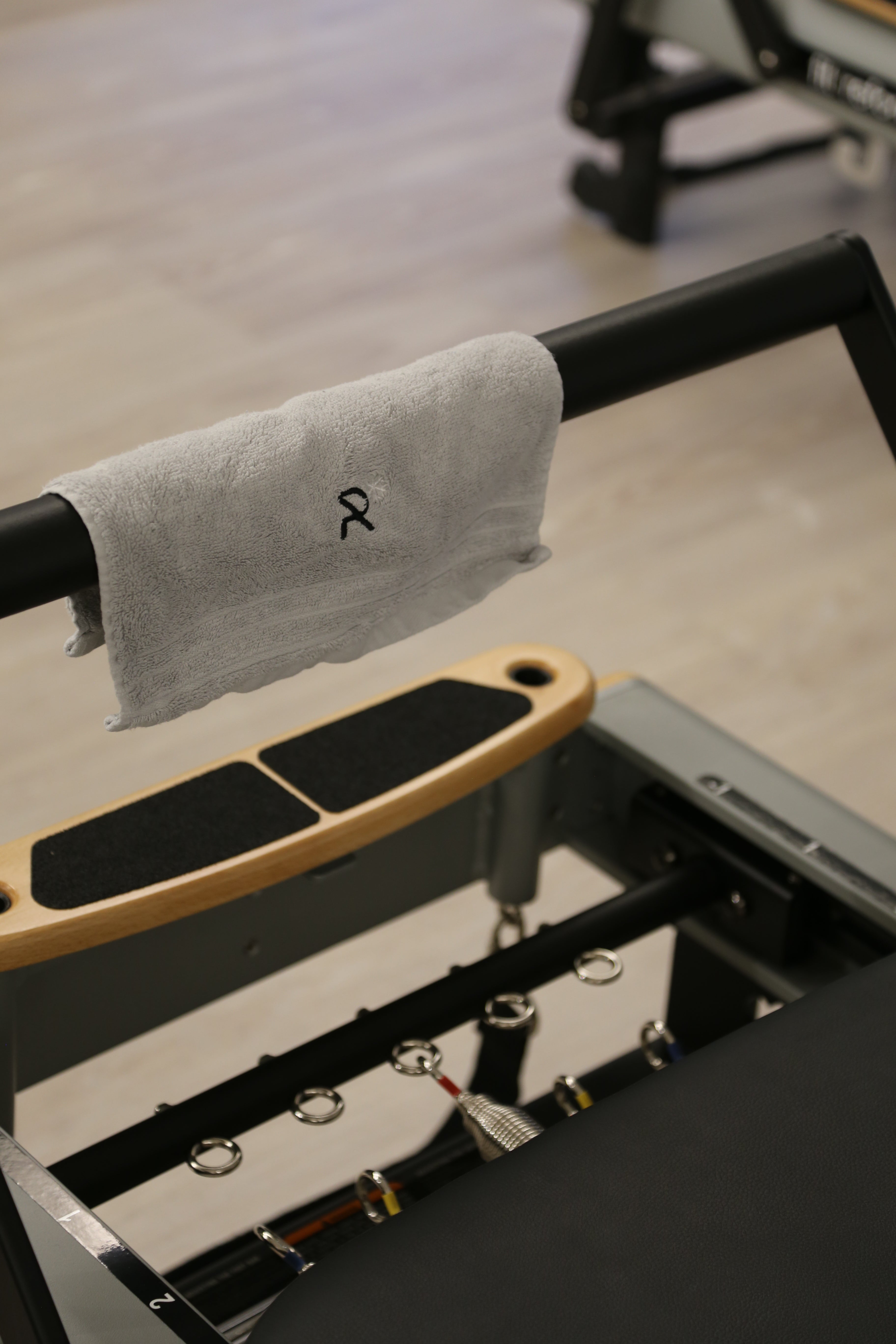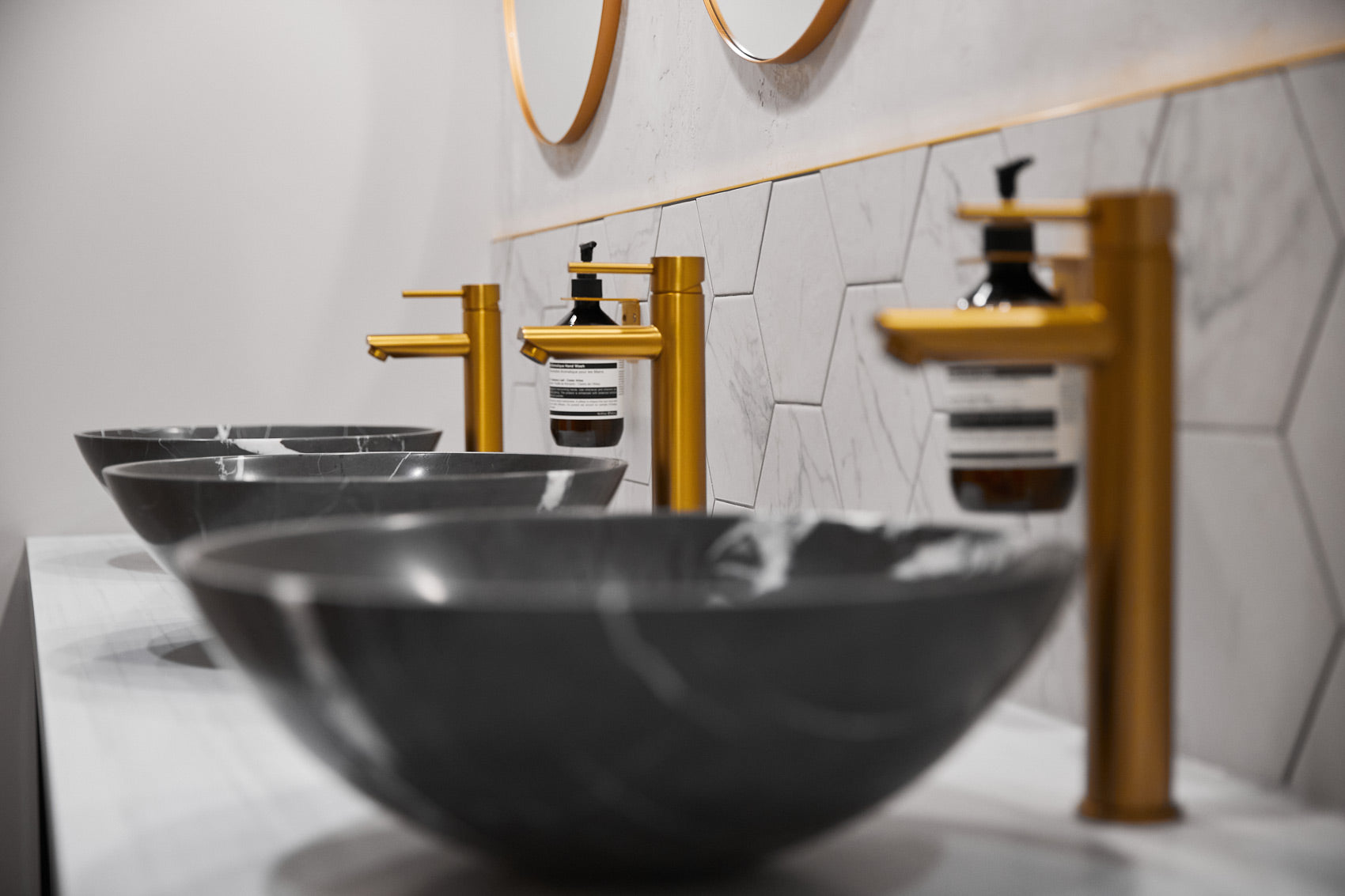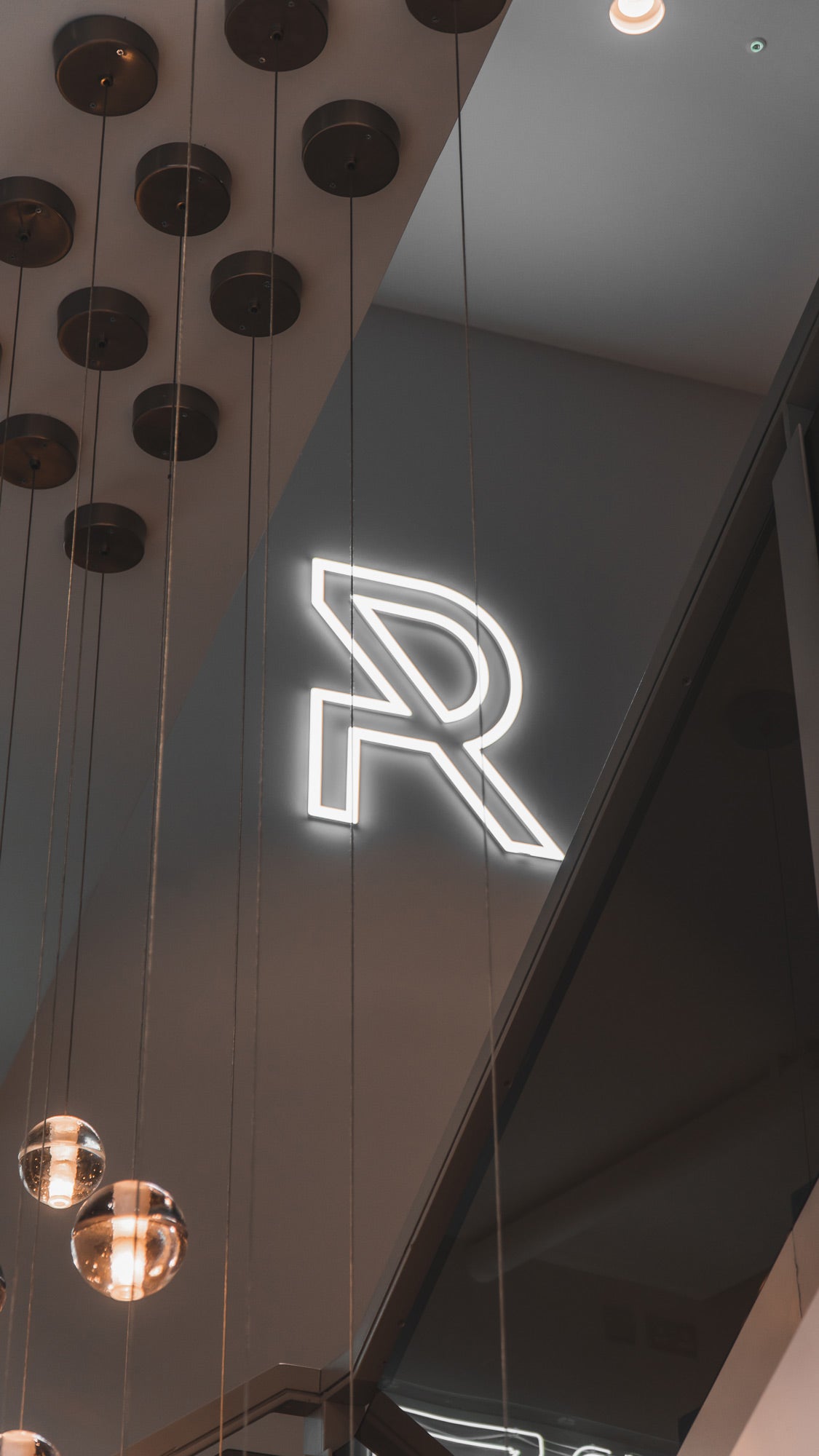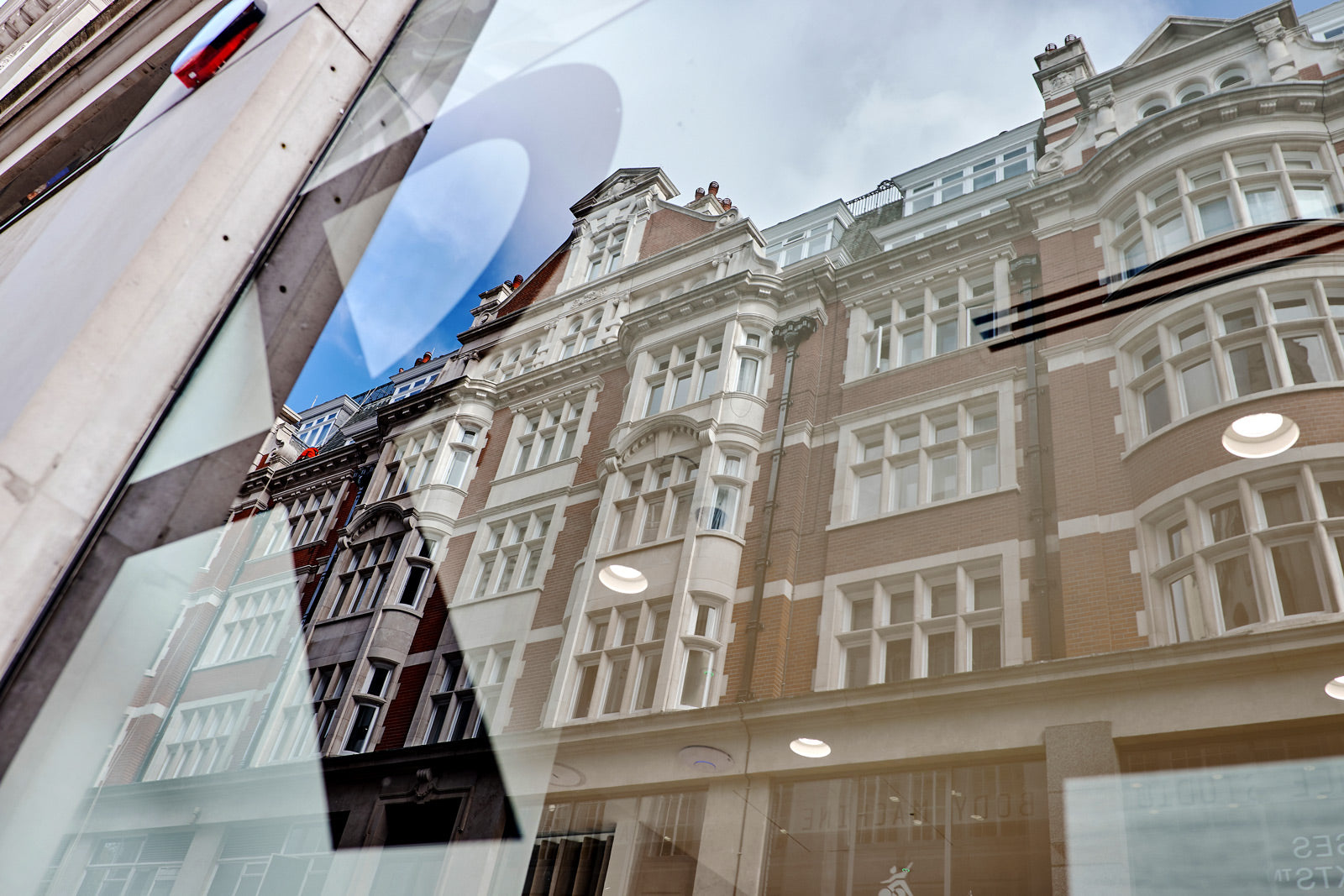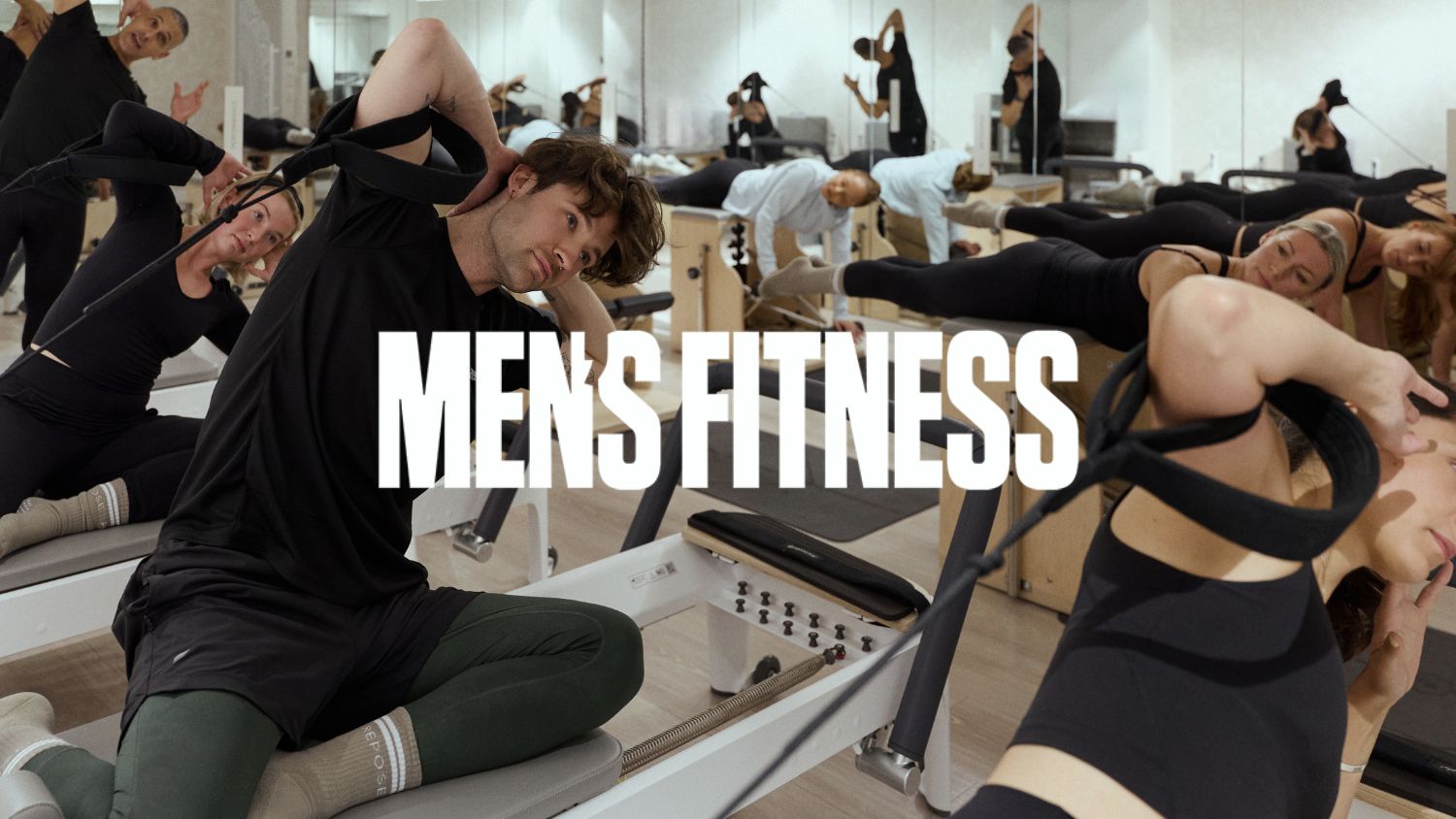
Why more men are turning to Pilates - and why you should too
Pilates myth busted: Pilates isn’t just stretching; it’s a full-body system of low-impact exercises that build stability, strength, and mobility. And with highprofile converts from David Beckham to NBA star, LeBron James praising it for sharper performance, flexibility and strength, more men are stepping onto the Pilates Reformer.
Whether you’re shifting serious iron or racking up road miles, it could be the missing link in your programme - and no, it doesn’t mean swapping your squat rack for spandex.
Why Reformer Pilates?
Once pigeonholed as postinjury rehab, Reformer Pilates is getting a rebrand. Strength athletes, elite performers and even the England football squad now use the lowimpact system to build deepcore strength, sharpen mobility and bullet-proof joints
“Pilates isn’t just stretching and slow moves - it’s one of the best ways for any athlete to gain control, mobility and injuryproof power,” says, Lucy Joslin, head coach for calisthenics, mobility and pilates at Mission E1 and competing streetlifting athlete for Kultured Strength.
“In the elite sport and fitness arena, strength without control is a weakness. Pilates trains the muscles you don’t see but absolutely rely on - it’s one of the best ways for athletes to gain control, mobility, and injury proof power,” adds Lucy.
What is Reformer Pilates?
Originally named Contrology by its creator Joseph Pilates in the early 20th century (around 1912), Pilates was designed to build strength, control, and flexibility without placing strain on the body. Reformer Pilates is a dynamic variation that uses a machine called the Reformer - a “bed-like frame that employs a sliding carriage, equipped with high-tension springs, gears, shoulder blocks, leather straps, and handles,”explains Joe Edwards, founder and CEO of Box Step Fitness.
While it may look intimidating at first, the Reformer is engineered to support and challenge the body through movement. By combining spring tension and bodyweight resistance, it demands high levels of muscular engagement and control, helping you strengthen and lengthen muscles under load - with minimal impact on the joints.
“It’s a beautifully designed resistance-training machine,” says Edwards, who turned from professional football to pursue a career in physiotherapy, Reformer Pilates machines (Box Step Fitness’s best-selling item) rocketed by 750% in the last 12 months. Searches for ‘reformer Pilates’ are also up by 50% - and you’ll see boutique Pilates studios popping up on every corner in every town with the likes of David Lloyd and Virgin Active also offering Reformer classes for their members.
How does it differ from mat pilates?
Many of the Reformer exercises are simply mat Pilates exercises that use the machine to either make the exercise more challenging or make it easier - yet “it’s naturally a different experience to mat Pilates,” says Edwards. “The key difference is the moving carriage, springs, ropes, and pulleys, which provide both an assistive and resistive variability that not only intensifies the workout but also adds more support and feedback for your body. You're no longer fighting gravity alone, you’re also working against or with spring tension, which can be dialled up or down depending on what you need.”
In other words, Reformer Pilates requires more kit but means you can build strength and stability without the jarring, compressive forces that can stress joints like knees, hips, and lower back. “Plus, because you're engaging your deep stabilising muscles, especially your core and glutes, you’re also reinforcing the structures that protect your joints naturally, whilst moving your body through correct movement patterns,” explains Edwards.
Naturally, you will need to join a class unless you have endless room for a Reformer at home.
Why is Reformer Pilates good for you?
Unlike traditional workouts that focus on reps, weight and intensity, Pilates is built around precision, control, and intelligent movement. It meets you where you are - whether you're recovering from injury, returning to fitness, or already lifting heavy - and it scales with you. It’s adaptable, accessible, and ideal for anyone wanting to move better, feel stronger, and “engage multiple muscle groups together, and strengthen from the inside-out,” says Edwards.
Science backs up the claims too. Research from Rafsanjan University of Medical Sciences found that regular Reformer Pilates can improve not only physical strength but also mood and happiness. Other studies highlight its ability to reduce joint pressure, enhance balance and stability, and support weight loss and inch loss. It’s even been shown to improve spinal Pilates means more strength, less jarring and shoulder stability, making it a go-to tool in rehabilitation settings - particularly for strengthening the spine, hips, neck and shoulders.
What’s more, Reformer Pilates has been touted as a safe and effective way to scale resistance training, especially in older adults, helping to reduce fall risk, improve postural control, and maintain muscle strength with far less wear and tear on the body.
How Pilates can up your training game
Whether you’re training like an athlete or spending hours at a desk, Pilates could be the missing link in your routine. Long-favoured by elite sportspeople and increasingly embraced by men who train for strength and longevity, Reformer Pilates delivers mobility, stability and muscular control - all without the high-impact stress.
One of its major benefits is improved flexibility. Many men spend their gym time shortening muscles through curls, presses and squats but rarely balance this with movements that promote length and fluidity. This imbalance can lead to stiffness, poor posture, and injury. Pilates flips that on its head - helping you strengthen and lengthen muscles simultaneously, improving efficiency and keeping your body moving well.
It also builds a bulletproof core by targeting the deep stabilising muscles that traditional lifts often miss while refining your coordination, balance, and range of motion.
“Pilates has been a game-changer for me,” says Lee May, 51, CEO of a construction company and an avid gym-goer and boxer. “It fixed my imbalances, strengthened my core and made me more durable under pressure. It’s low-impact but brutally effective - because it forces your body to work in ways your usual gym routine doesn’t touch. For years I trained what I saw in the mirror, but Pilates targets the stuff I usually skip especially my deep core muscles and glutes. Since adding it in, I’m moving better, hitting PBs and lifting heavier than ever.”
Your Pilates workout to try
If you’re thinking of giving Reformer Pilates a go, expect a mix of strength, control and stretch - often all in one move. “It might look low-impact, but the challenge comes from the precision of each movement and the resistance from the springs rather than gravity or heavy weights,” says Nuno Campus, head of fitness at Repose Space and a qualified antigravity fitness trainer (repose-space.co.uk).


